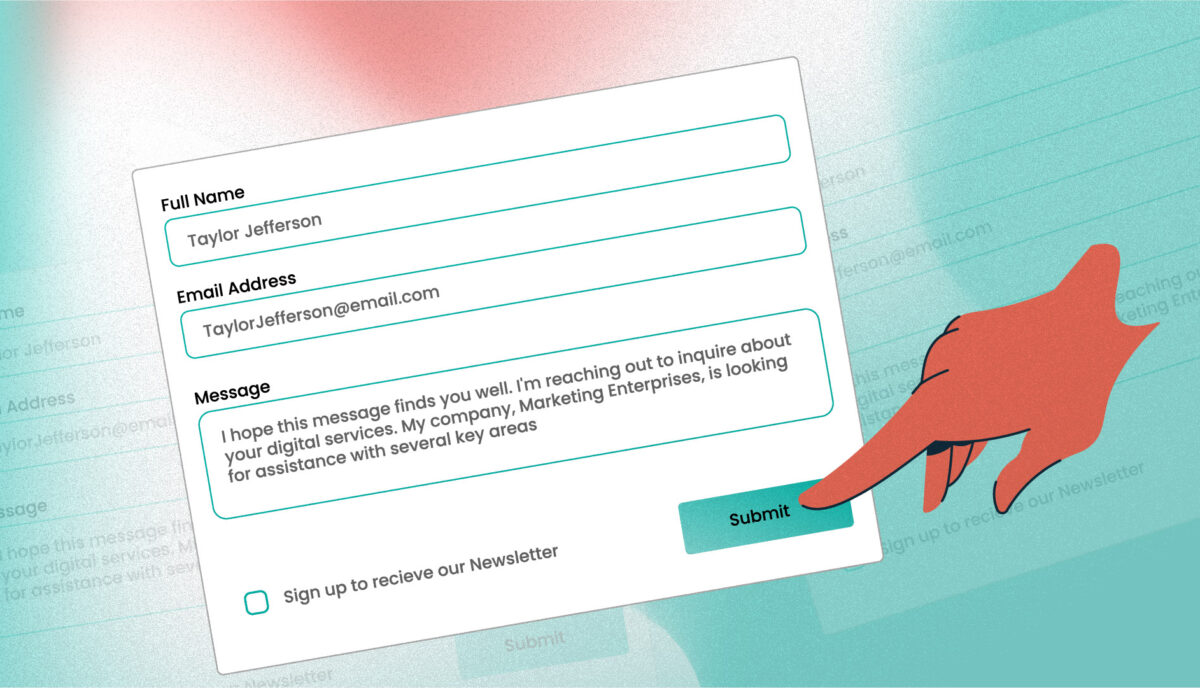Expect at Least a Little DIY When it Comes to Drupal’s Layout Builder
With the release of Drupal 8.7 in May of 2019 came the rollout of the much-anticipated Layout Builder core module. According to Drupal.org, Layout Builder allows content editors and site builders to easily and quickly create visual layouts for displaying content by providing the ability to drag and drop site-wide blocks and content fields into regions within a given layout. Drupalists were excited about it, and so were we.
For a long time, we developed and came to heavily rely on our own extension of the Paragraphs module to give content managers the power to build and modify flexible layouts. When we heard that there would now be an equivalent option built right into core, we thought, “could this be the end of Paragraphs?” Well, the only way to find out is to dig in and start using it in some real-world scenarios.
Layout Builder is still new enough that many how-to guides only focus on installing it and enabling it on a content type or two and overviews of options that are available right out of the box. That’s probably fine if your use-case is something akin to Umami, Drupal.org’s example recipe site. But if you want to use it in a significant way on a larger site, it probably won’t be long before you want to customize it to fit your situation. Once you get to that point, documentation becomes scant. If you’ve already got some experience rolling your own extension of a module or at least writing preprocesses, you’re more likely to get better mileage out of your experience with Layout Builder.
First, let’s take a look at some of the pros and cons of using Layout Builder. If there are any deal-breakers for you, it’s better to identify them sooner than later.
Layout Builder Pros:
1. All core code
Yes, the fact that Layout Builder is a core initiative that will continue to get attention and updates is fantastic no matter how stable similar module initiatives might be. As it’s core, you get great integration for language translation.
2. Block-based, but supports fields as well
Blocks are a familiar core Drupal content paradigm. They can be used as one-off content containers or as repeatable containers for content that appears in multiple places but should be edited from a single location. Fields can also be placed as content into a layout, which makes building custom templates that can continue to leverage fields very flexible.
3. Better WYSIWYG authoring experience
End-users will be much happier with the (not quite) WYSIWYG editing experience. While it is not directly one-to-one, it is much better than what we have seen with Paragraphs, which is a very “Drupal” admin experience. In many ways, previously, Preview was needed to know what kind of design your content was creating.
4. Supports complex design systems with many visual options
Clients can get quite a bit of design control and can see the effects of their decisions very quickly. It makes building special landing pages very powerful.
5. Plays nice with Clone module
While custom pages described in Pro #4 are possible, they are time-consuming to create. The Clone module is a great way to make copies of complex layouts to modify instead of starting from scratch each time.
6. “Locked” Layouts are the default experience
While complex custom pages are possible, they are not the default. Layout Builder might have been intended to replace custom template development, because by default when it is applied to a content type, the option to override the template on a node-by-node basis is not turned on. A site builder needs to decide to turn this feature on. When you do, proceed with caution.
Layout Builder Cons
1. Lack of Documentation
Since LB is so relatively new, there is not an abundance of documentation in the wild. People are using it, but it is sort of still the Wild Wild West. There are no established best practices on how to use it yet. Use it with Paragraphs? Maybe. Use it for the entire page, including header and footer? You can. Nest it in menus? We’ve done it. Should we have done it? Time will tell.
2. More time is required to do it well
Because of Con #1, it’s going to take more time. More time to configure options, more time to break designs down into repeatable components, and more time to test all the variations and options that design systems present.
3. Admin interface can conflict with front-end styles
While Pro #3 is a great reason to use LB, it should be known that some extra time will be needed to style the admin mode of your content. There is some bleeding together of admin and non-admin front-end styles that could cause your theme build to take longer.
An example: We created a site where Layout Builder custom options could control the animation of blocks. Great for the front-end, but very annoying for the backend author when blocks would animate while they were trying to edit.
4. Admin editing experience still in its infancy
Again, while Pro #3 is significant, the current admin editing experience is not the best. We know it is being worked on, and there are modules that help, but it is something that could tip the scales depending on the project and the admin audience.
5. Doesn’t play nice with other template methods
Which is to say that you can’t easily have a page that is partially LB and partially a templated View or something else. You can create a View that can be placed into a Block that is placed via Layout Builder, but you can’t demarcate LB to one section of a page and have a View or the body field in the other.
6. Content blocks do not export with configuration
As blocks go, the configuration of a block is exportable, but the content isn’t. Same with the blocks that Layout Builder uses, which can make keeping staging/production environments in sync frustrating. Just like with Paragraphs or custom blocks, you’ll have to find a reliable way of dealing with this.
7. Overriding a default layout has consequences
We have seen this ourselves first-hand. The design team and client want a content type to be completely flexible with Layout Builder, so the ability for an author to override the default template is turned on. That means the node is now decoupled from the default template. Any changes to the default will not propagate to those nodes that have been decoupled and modified. For some projects, it’s not a big deal, but for others, it might become a nightmare.
8. The possibility of multiple design options has a dark side
Too many options can be a bad thing. It can be more complex for authors than necessary. It can add a lot more time to theming and testing the theme when options create exponential possibilities. And it can be very hard to maintain.
With great power comes great responsibility. Layout Builder certainly gives the Drupal community great power. Are we ready for the caveats that come with that?
Ready to tackle customizing Layout Builder? Watch for Part Two, where we’ll dive into defining our own layouts and more.



